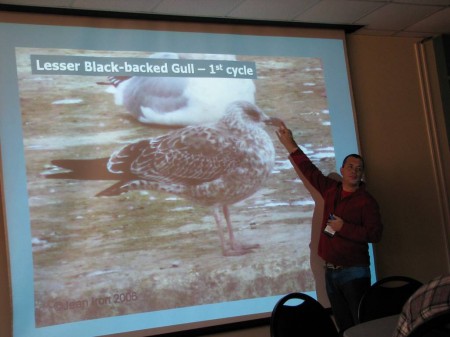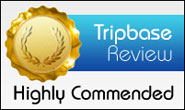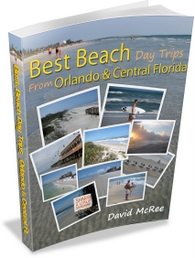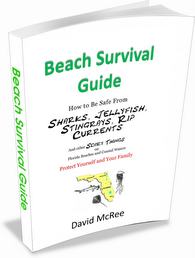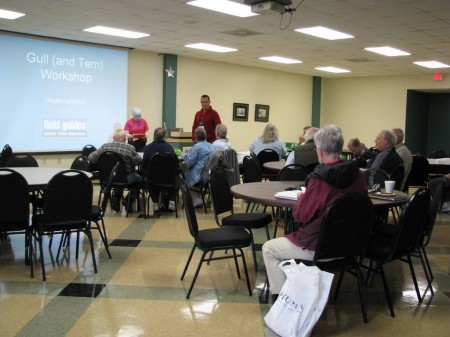
An early morning class on gulls at the Space Coast Birding & Wildlife Festival with Alvaro Jaramillo.
Posted by David McRee at BlogTheBeach.com
I started my Wednesday morning with about 20 gull enthusiasts in a class presented by gull expert Alvaro Jaramillo. He started out with the gulls most of us are familiar with–Herring, Laughing, and Ring-billed–and showed us what to look for when trying to identify a gull.
Gulls species can be a challenge to identify because for the first several years of their lives they undergo a complex and variable series of color changes–from brown and white, to brown and white and grey, to grey and black and white. Once they reach adulthood their coloration is influenced by their food supply, wearing and bleaching, stages of molting, and hybridization.
It’s easy to be overwhelmed with details, but Jaramillo simplifies the process.
Things to focus on:
- Shape/size
- Color of the bird’s upper parts
- Color of primaries
- Leg and bill color
- Eye color
- Head streaking
I’ve been watching gulls all my life. They are such graceful fliers. But I’ve learned that I really haven’t been paying attention. I’m confident that by using Jaramillo’s tips for gull I.D. I’ll be much more confident in my ability to identify a species and to recognize a rare or uncommon visitor to our beaches.
Gulls he focused on:
White-headed gulls: Herring, Ring-billed, Great Black-backed, Letter Black-backed.
Hooded gulls: Laughing, Franklins
Masked gulls: Bonaparte’s (a wary gull sometimes seen at Cape Canaveral’s jetty park)
FTC Disclosure of Material Connections: I receive compensation from the Space Coast Birding & Wildlife Festival for writing about the 2010 Festival. I also receive a great deal of personal satisfaction from writing about this wonderful event.
